Sales©cctvinfocus.com
Tel +44(0)1279 212121.
Copyright 2017 CCTV IN FOCUS Ltd. All rights reserved
CCTV images the way they should be seen
International Consultants


CCTV PERFORMANCE TESTING AND AUDITING
CAN I SEE WHAT I NEED TO SEE? ARE THE IMAGES FIT FOR PURPOSE?


Testing images from CCTV system old or new, will like the image taken from a an actual test on the right, clearly demonstrate whether a CCTV system is producing images that are fit for purpose.
We are always pleased to hear from CCTV users, so please make contact if you have any concerns or want to ensure that you are operating a CCTV system to its full potential. That your Duty of Care obligations are being met and all that come in to contact with your security setup know that the CCTV is producing images that can be acted upon.
We can conduct audits on your behalf or we can train your own staff to conduct tests/audits on your system. Why not get in touch and find out what we can do for you.
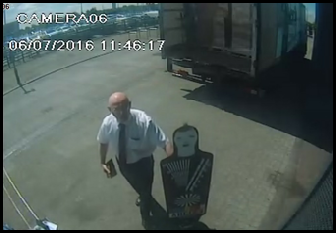
If the “OR” calls for images that require good colour replication then testing the recorded image is very important.. With the wrong lighting colour can change. Looking at a blue car or a brown car, looking at a person in a green coat or brown coat? Look at how colour can change.

Daylight
High pressure sodium
Low pressure sodium


There are internationally accepted image classifications for CCTV images
- INSPECT .
- IDENTIFY.
- RECOGNISE.
- OBSERVE.
- DETECT.
- MONITOR
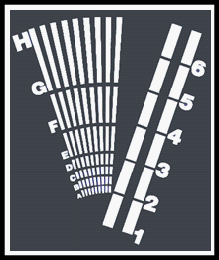
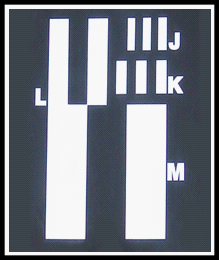
Each image classification can be equated to a number of pixels on the object to be viewed. With a suitably designed and calibrated test target placed within the field of view, with the correct training, it is possible to make an objective judgment as to whether or not the recorded images produced meet the criteria specified in the “OR”. You should check for Clarity, Detail, Colour and Frame rates.
There are several very good reasons why you should test your CCTV system:
- If your CCTV system was installed without an “OR” how do you know it meets your current security requirements?
- Do your cameras cover all the areas identified by you as, ‘at risk areas’?
- Do you have more cameras than you actually need?
- Have you reviewed recorded images taken at high risk times to see if images are usable?
- If you are paying for regular maintenance, do you know if images being recorded are usable after maintenance procedures have been undertaken?
- If you had an “OR” how do you know the recorded images meet the requirements of the “OR”? Do you just take someone's word for it?
- Did you know there are internationally accepted CCTV image classifications and do your recorded images meet these?
A CCTV system should always be tested against the “OR” if you do not have one, do not worry, we see this a lot, when we visit your site we will undertake with you a review of your security requirements in regard to CCTV and its integration with your overall security plans. From this we will gain an understanding of the image requirement from each camera in your system. We will then undertake a test of each camera using a specially designed test target. We will then produce a report for you, in the report we will advise on the image capability of your existing setup and as appropriate advise on ways to improve your system in the most economical way.
We have tested many system and helped our clients improve their CCTV system. We can train your security people to enable them to get the best out of your CCTV system. If you do not have an “OR” and wish to conform to BS EN 62676-
If you have any concerns about CCTV give us a call, we are always happy to help.



make sure you are getting this
If the “OR” calls for images to be recorded at night, then camera output at night must be tested. With the correct lighting, be that street lighting, specific scene lighting or Infrared lighting, objective testing should be undertaken.
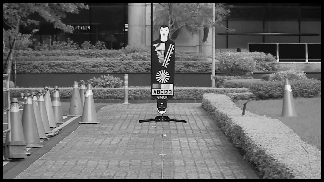
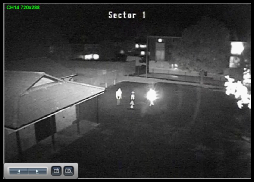
avoid this
The picture on the left, shows an image from a camera put into a position to cover the access bay without an “OR” to explain its purpose, which makes the image “not fit for purpose”. What was actual required was a camera to Observe activity in this access bay, not what is going on up on the roof. With an “OR” the camera would have been installed and setup to provide a much more useful image, with more detail and clarity as can be seen on the right. When we test CCTV systems we look for these all to often seen errors.
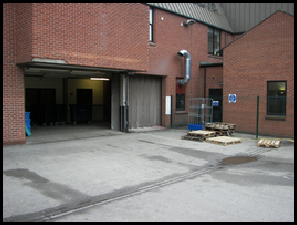
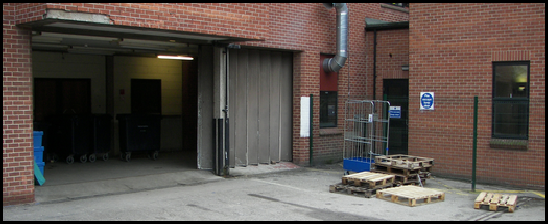
We consistently see cctv images that should be avoided, why?
.
.

Note: Images are data -

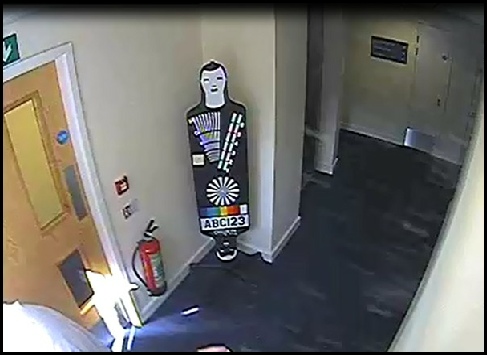
Here we have a camera setup to enable reception staff to be able to recognise persons entering/exiting this lobby area.
There was not a proper “OR” the installer was just informed that the client wanted to recognise persons in this area.
The camera was set up without use of an objective test target. The images produced were deemed good enough and signed off by the client and of course the installation paid for.
After several instances when police were called and video was reviewed, the images produced were found to be of little use. We were asked to conduct an audit of the recorded images produced by this system.
The image left was fairly typical of the images produced by this system.
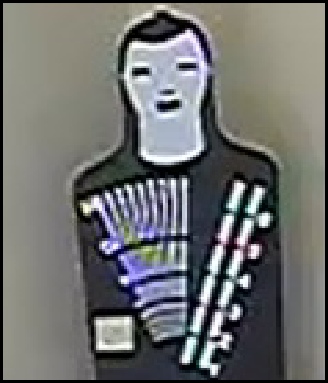
Internationally accepted image classification standards say to recognise a person the image needs to contain 250 pixels per meter and clarity of image, to be able to discern the black and white lines designated D, E, F.
This image is not fit for purpose. To recognise persons, particularly in this environment were lighting is constant, the camera should have been able, if setup correctly, to produce a recorded image to a much higher standard than that we see here.
To achieve an image of “Recognise” standard, we need to be able to define the black and white bars designated D, E, F. As can be seen even when the image is blown up as shown right the black and white lines at designation G are blurred.
The target in this snapshot taken from a recording, is stationary. The camera is not having to cope with a moving target. Inevitably persons in this lobby would be moving and the operator who would be trying to recognize a person, would indeed have a very difficult task.
On playing back the recording and depending on the speed that the persons of interest is moving through the scene, there may only be a few frames to obtain images from which to obtain recognition of the target. With a setup to start with, that is not fit for purpose, how likely are images to be actionable?
